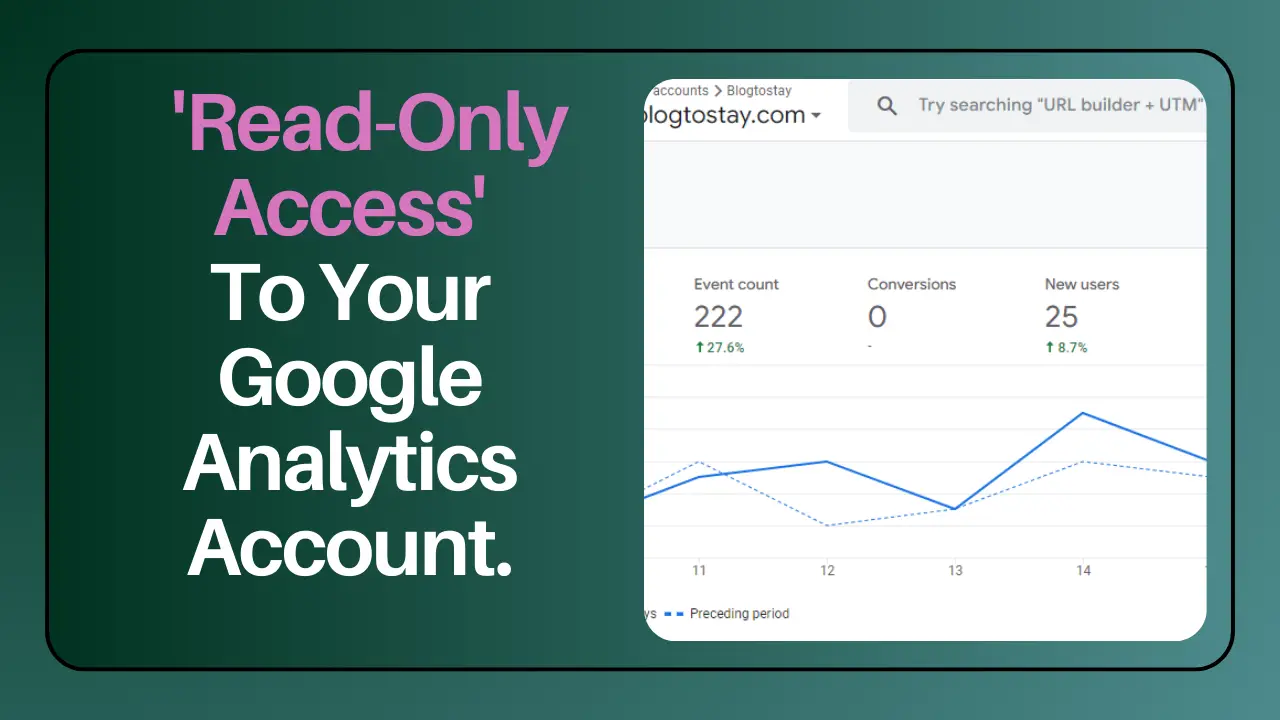Introduction To Voice Search
What is Voice Search?
Voice Search is a technology that allows users to search the internet by merely speaking to a digital assistant. These digital assistants include Amazon’s Alexa, Google Assistant, or Apple’s Siri, and this technique is used instead of typing out your search queries.
You can easily ask your device a question or give a command using natural language and go ahead to receive an immediate spoken response.
Due to its fastness, convenience, and accessibility than traditional text-based search methods, this technology is becoming increasingly popular today.
This technology called Voice Search is powered by advanced natural language processing (NLP) algorithms which will enable digital assistants to understand the context behind a user’s query.
In this aspect, they can easily provide highly relevant and accurate search results, even for complex or ambiguous queries.
Voice Search has gone a long way in transforming the way we interact with technology and has many practical applications such as finding information on the web, controlling smart home devices, ordering food, and booking travel.
As technology trend improves, this will go a long way in revolutionalizing the way we search for and access information in our lives daily.
Then, let’s delve further into the difference between Voice Search and Traditional Search.
Differences Between Voice Search And Traditional Search
Before we go ahead with the analysis, remember that Voice search and Traditional search are two different ways of searching for information online so, below are the key differences between Voice search and traditional search:
1) Input Method:- In traditional search, users type their query into a search engine using a keyboard, while in voice search, users will speak their query into a microphone or smart speaker. And this is the primary difference between traditional search and voice search.
2) Language:- In traditional search, users tend to use shorter and more concise phrases, while in voice search users tend to use longer and more conversational queries which could be more similar to how they would ask a question in natural language.
3) Speed:- Voice search eliminates the need for typing and can deliver results in real time.
4) Intent:- In voice search users can ask specific questions or give direct commands while traditional searches are more exploratory, which means users can type in a general keyword or phrase and then browse through the results as well.
5) Accuracy:- Due to the fact that voice recognition technology is still improving, voice search can be less accurate than traditional search.
6) Location:- In terms of finding local businesses or services, voice search can be more useful than traditional search. While in traditional search you will manually enter your location to get relevant results.
It is expected that both methods of search will likely continue to improve and become more useful for users as technology continues to evolve.
Having analyzed what voice search and traditional searches are, we will now look into AI-powered tools for voice search.
AI-Powered tools for voice search optimization

This has natural language understanding capabilities that can help optimize content for voice search by analyzing the conversational patterns of users. It is a conversational AI platform which can allow developers to create voice and text-based chatbots and virtual assistants.
2. AnswerThePublic:-

Because of its ability to visualize search queries, it can go a long way in helping you to optimize content for voice search.
3. Botify:-

This is an SEO tool which uses AI and machine learning to analyze website data and identify areas for optimization. You can use Botify to identify issues that may impact voice search ranking such as website speed, crawlability, and mobile responsiveness.
4. SEMrush:-

All-in-one SEO tool which provides insights into keyword rankings, backlinks, and website performance. There is the presence of a voice search feature that will analyze the conversational patterns of users and provides recommendations for optimizing content for voice search.
5. BrightEdge:-

Uses SEO to help businesses improve their online visibility. It has a ContentIQ feature which can help optimize content for voice search by analyzing the conversational intent of users and providing recommendations for creating more conversational content.
These are a few of the AI-powered tools that can help you optimize content for voice search. These tools use AI and machine learning to analyze user behaviour and provide insights into optimizing content for voice search.
Natural language processing (NLP) AND ITS ROLE IN VOICE SEARCH OPTIMIZATION.
Let’s look at the role of NLP in voice search optimization.
With regard to voice search optimization, NLP helps search engines accurately understand and respond to spoken queries.
Furthermore, NLP technologies will be able to help bridge the gap involved in matching search queries by helping search engines to understand the intent behind spoken queries. This involves analyzing the syntax, semantics, and context of the query to determine its meaning.
For example, assuming you asked your voice search “What’s the weather condition like in your area today?”, in this case, an NLP-powered search engine would be able to understand that the user is looking for information about the weather in their current location and provide a relevant response.
keyword research for voice search
Let us have in mind that keyword research for voice search requires a different approach to be compared with traditional keyword research.
You have to know that when people use voice search, they tend to use longer, and more conversational phrases that reflect natural language.
So, that is the reason why it is important to focus on long-tailed keywords and phrases that match how people speak.
Below are some tips you sill use to conduct keyword research for voice searches:
- Be mindful of your target audience:- It is necessary to consider the nature of questions your target audience might ask and the languages they might use when speaking out those questions.
- Learn to use tools designed for voice search:- Tools like AnswerThePublic and SEMrush can help you identify long-tailed keywords and phrases that people are mostly using in voice search.
- Your focus should be on natural language:- The capacity of people using natural language with voice search is high, so you should try your possible best to incorporate conversational phrases into your keyword research. For example, instead of “best coffee shops” use “Where can I find the best coffee shops near my locality”
- Try always to consider what the users look for when using voice search. For example, in a voice search, one will go like this: “How do I make lemon juice?” rather than “Lemon juice recipe.”
- Test and adjust your strategy over time. You should be observant of the keywords that drive traffics to your site, and make an adjustment to better target your audience.
How Bloggers Can Use AI-Powered Tools And Techniques To Optimize Their Blogs For Voice Search.
No doubt about it, there abound many AI-powered tools bloggers can use to optimize their content for voice search, and below are six of these tools for your use as a blogger:
- Learn to use NLP (Natural Language Processing):- This is AI technology that enables computers to understand human language. Using these tools will help you optimize your content to match the way people speak in their natural language.
Remember, voice search users will always use long-tailed keywords. - Often create FAQ-style content:- You know, people will like to ask questions to be solved pertaining to their problems. So, Voice searches are often question-based. Create FAQ-style content that answers common questions related to your blog niche and this will help your content rank high in voice search.
- Use Schema Markup:- This is a type of code that provides more information to search engines about your content. This will help you as a blogger to make your content more understandable to search engines and will improve their chances of appearing in the voice search result.
- Learn the use of AI-powered content creation tools such as Wordsmith, and Articoolo.
- Use voice assistants like Siri, Alexa, and Google Assistants to provide insights into how people phrase their voice queries.
- Also try to optimize for mobile:- This voice search seems like mobile-inclined technology. So, by always optimizing your content for mobile, you will increase your chances of appearing in voice search results.
Have in mind that incorporating AI-powered tools into your blog content will definitely help you rank well in voice search engines.
Tips For Creating Voice-Freindly Content And Using Schema Markup.
Below are some tips for creating voice-friendly content and using Schema markup:
1) Use natural language when creating content and try as possible as you could to avoid technical jargon. Please, your language should sound like a conversation.
2) For your information, voice assistants are a result of natural language and conversational tone. So, always try to write in a conversational tone.
3) As we all have been notified above, voice search recognizes conversational and longer language than text-based search. So, using long-tailed keywords that mimic the way people talk is a road to getting highly ranked and optimized in voice search.
4) Your method of answering questions should be in direct form. Make sure to answer the question directly as voice searchers are question-based.
5) Voice assistants can easily read and understand your content when you make use of bullet points.
6) Use Schema Markup:- This is a type of code that provides additional information to search engines about your content.
7) Use the FAQPage schema:- This is a specific type of schema markup that can help your content appear in voice search results for question-based queries.
8) Do not avoid using the HowTo schema. This is another type of schema markup that can be useful for voice search. This will help you provide step-by-step instructions to improve your chances of appearing in voice search results for queries related to how-to instructions.
User experience and voice search
The ability of voice search to provide a more natural and intuitive way for users to interact with technology, has a significant impact on user experience.
Below are some ways in which voice search can enhance user experience:
- Users can interact with technology in a hand-free way making it more convenient and accessible.
- Users can easily ask questions and get quick answers to their questions which means, voice search has the capability to provide fast results than traditional search.
- Users with disabilities can leverage voice search making it easy for them to access information and perform tasks.
- Voice search can provide more relevant results based on the user’s location, previous search history, and other factors. Which means, it has a high contextual understanding.
To optimize your website for voice search, make sure you use natural language, answer questions directly, and make use of schema markup to provide additional context and information to search engines. Very importantly, consider using voice commands in your website’s navigation and integrate voice assistants into the user experience design of your website or application.
CONCLUSION:
Measuring and tracking the success of your voice search optimization efforts.
To fully understand how well your strategy is working and where you can make improvements, you have to track the success of your voice search optimization efforts.
Below are some key metrics to measure the success of your voice search optimization efforts:
- Voice search traffic can help you track the amount of traffic coming to your website.
- Measure the number of conversions that comes from voice search traffic.
- Track engagement metrics like bounce rate, time on site, and pages per session for voice search traffic.
- Track the ranking of your content for voice search queries. This will help you know how well or not well your content is doing and how to make improvements if not doing well.
- Collect feedback through a survey to understand how well your content is meeting the needs of voice search users.
- Keep a closer eye on your competitors. Know how well they are doing in voice search results. This is a way to understand where you can make changes.
Measuring your voice search ability through these processes can give you better insight into the success of your voice search optimization efforts and make adjustments as needed to improve your results.
I hope this lesson Helped you, and if it did helped you, do not forget to like, share, and drop your comment on this platform.
Please, Do not forget to Stay Blogging and never leave.








It’s very straightforward to find out any matter on web as
compared to textbooks, as I found this piece of writing at this web
site. I saw similar here: ecommerce and also here: dobry sklep
I may need your help. I’ve been doing research on gate io recently, and I’ve tried a lot of different things. Later, I read your article, and I think your way of writing has given me some innovative ideas, thank you very much.
You are welcome. I’m ready to help as soon as you are ready.
Thanks for sharing. I read many of your blog posts, cool, your blog is very good.
You are welcome. Thanks and remain blessed.